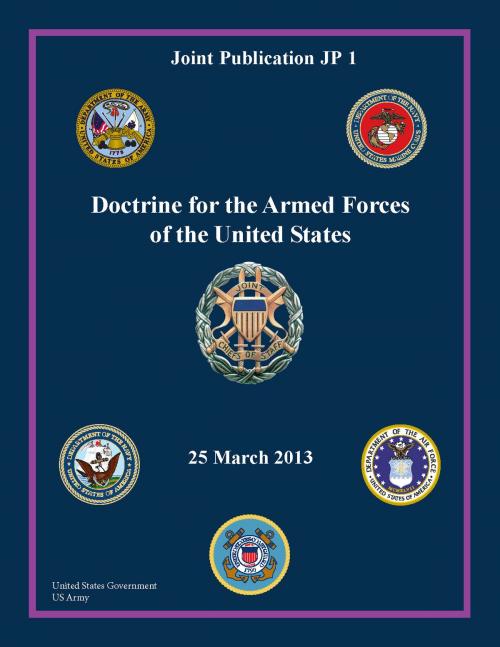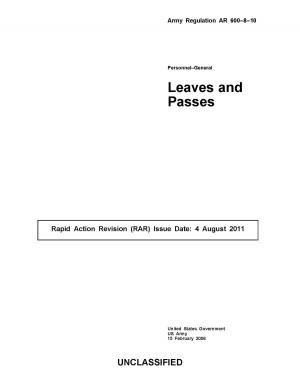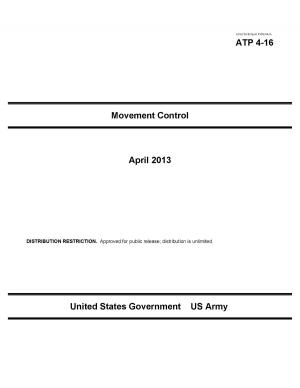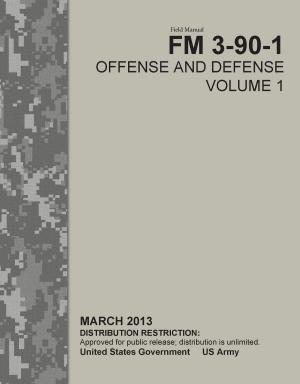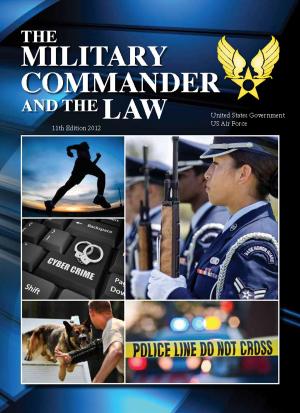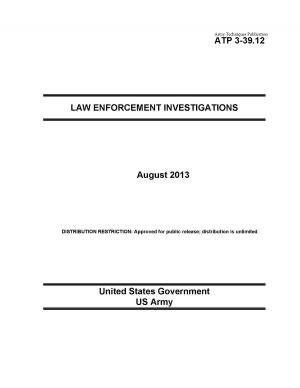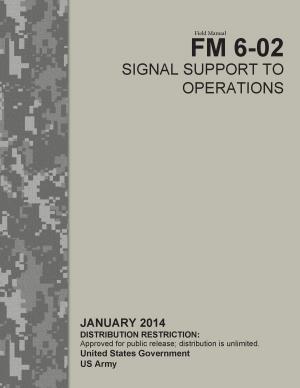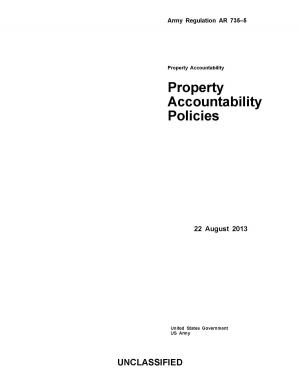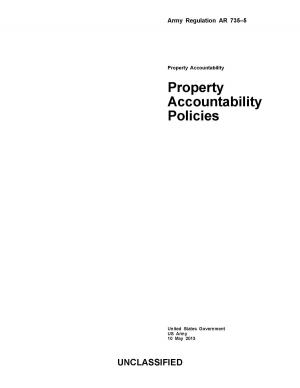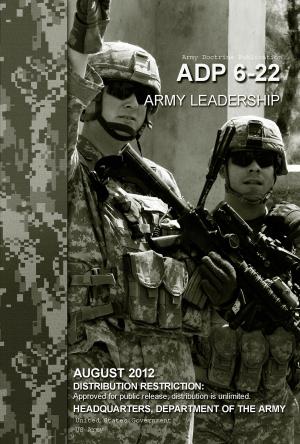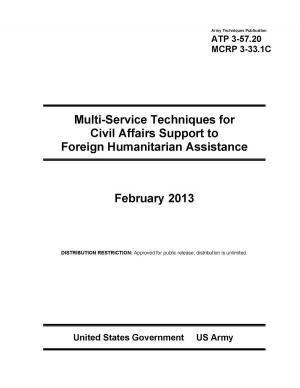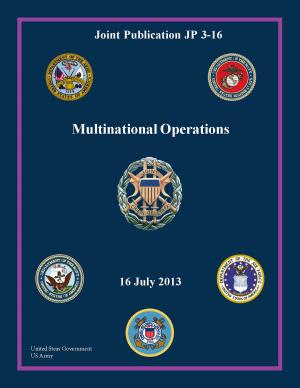Joint Publication JP 1 Doctrine for the Armed Forces of the United States 25 March 2013
Nonfiction, Reference & Language, Study Aids, Graduate & Professional, Armed Forces, Science & Nature, Technology, Military Science, Reference, Guides & Handbooks| Author: | United States Government US Army | ISBN: | 1230000121581 |
| Publisher: | eBook Publishing Team | Publication: | April 12, 2013 |
| Imprint: | Language: | English |
| Author: | United States Government US Army |
| ISBN: | 1230000121581 |
| Publisher: | eBook Publishing Team |
| Publication: | April 12, 2013 |
| Imprint: | |
| Language: | English |
Joint Publication 1, Doctrine for the Armed Forces of the United States, is the capstone publication for all joint doctrine, presenting fundamental principles and overarching guidance for the employment of the Armed Forces of the United States. This represents the evolution in our warfighting guidance and military theory that forms the core of joint warfighting doctrine and establishes the framework for our forces’ ability to fight as a joint team.
It is vital that we not only develop our military capabilities, but also strengthen the capacity of other government departments and agencies. This publication ties joint doctrine to the national security strategy and national military strategy and describes the military’s role in the development of national policy and strategy. It thus provides the linkage between joint doctrine and the contribution of other government departments and agencies and multinational endeavors.
As we look globally at our posture and the associated strategic risk, it is imperative that our doctrine also rapidly adjust to reflect our wartime footing. The guidance in this publication will enable current and future leaders of the Armed Forces of the United States to organize, train, and execute worldwide missions as our forces transform to meet emerging challenges. The joint force must simultaneously think ahead at the strategic level, stay current at the operational level, and be informed by tactical level developments.
This publication is the capstone joint doctrine publication and provides doctrine for unified action by the Armed Forces of the United States. It specifies the authorized command relationships and authority that military commanders can use, provides guidance for the exercise of that military authority, provides fundamental principles and guidance for command and control, prescribes guidance for organizing and developing joint forces, and describes policy for selected joint activities. It also provides the doctrinal basis for interagency coordination and for US military involvement in multiagency and multinational operations.
The US Armed Forces fulfill unique and crucial roles, defending the US against all adversaries while serving the Nation as a bulwark and the guarantor of its security and independence. The US Armed Forces function within the American system of civil-military relations and serve under the civilian control of the President, the Commander in Chief. The US Armed Forces embody the highest values and standards of American society and the profession of arms.
The nature of the challenges to the US and its interests demand that the Armed Forces operate as a closely integrated joint team with interagency and multinational partners across the range of military operations. Using a whole-of-government approach is essential to advancing our interests to strengthen security relationships and capacity by, with, and through military forces of partner nations, US and foreign government agencies, state and local government agencies, and intergovernmental or nongovernmental organizations. To succeed, we must refine and proportionally integrate the military with all of the tools of American power and work with our partner nations to do the same. Our military must maintain its conventional superiority while continuing to enhance its capacity to defeat threats. As long as nuclear weapons exist, our nuclear deterrent capability must also be maintained and modernized. When international forces are needed to respond to threats and keep the peace, we will make every effort to ensure international partners are ready, able, and willing. We will continue to build support in other countries and promote global peace and stability through the United Nations and other regional organizations, such as the North Atlantic Treaty Organization and the African Union.
Joint Publication 1, Doctrine for the Armed Forces of the United States, is the capstone publication for all joint doctrine, presenting fundamental principles and overarching guidance for the employment of the Armed Forces of the United States. This represents the evolution in our warfighting guidance and military theory that forms the core of joint warfighting doctrine and establishes the framework for our forces’ ability to fight as a joint team.
It is vital that we not only develop our military capabilities, but also strengthen the capacity of other government departments and agencies. This publication ties joint doctrine to the national security strategy and national military strategy and describes the military’s role in the development of national policy and strategy. It thus provides the linkage between joint doctrine and the contribution of other government departments and agencies and multinational endeavors.
As we look globally at our posture and the associated strategic risk, it is imperative that our doctrine also rapidly adjust to reflect our wartime footing. The guidance in this publication will enable current and future leaders of the Armed Forces of the United States to organize, train, and execute worldwide missions as our forces transform to meet emerging challenges. The joint force must simultaneously think ahead at the strategic level, stay current at the operational level, and be informed by tactical level developments.
This publication is the capstone joint doctrine publication and provides doctrine for unified action by the Armed Forces of the United States. It specifies the authorized command relationships and authority that military commanders can use, provides guidance for the exercise of that military authority, provides fundamental principles and guidance for command and control, prescribes guidance for organizing and developing joint forces, and describes policy for selected joint activities. It also provides the doctrinal basis for interagency coordination and for US military involvement in multiagency and multinational operations.
The US Armed Forces fulfill unique and crucial roles, defending the US against all adversaries while serving the Nation as a bulwark and the guarantor of its security and independence. The US Armed Forces function within the American system of civil-military relations and serve under the civilian control of the President, the Commander in Chief. The US Armed Forces embody the highest values and standards of American society and the profession of arms.
The nature of the challenges to the US and its interests demand that the Armed Forces operate as a closely integrated joint team with interagency and multinational partners across the range of military operations. Using a whole-of-government approach is essential to advancing our interests to strengthen security relationships and capacity by, with, and through military forces of partner nations, US and foreign government agencies, state and local government agencies, and intergovernmental or nongovernmental organizations. To succeed, we must refine and proportionally integrate the military with all of the tools of American power and work with our partner nations to do the same. Our military must maintain its conventional superiority while continuing to enhance its capacity to defeat threats. As long as nuclear weapons exist, our nuclear deterrent capability must also be maintained and modernized. When international forces are needed to respond to threats and keep the peace, we will make every effort to ensure international partners are ready, able, and willing. We will continue to build support in other countries and promote global peace and stability through the United Nations and other regional organizations, such as the North Atlantic Treaty Organization and the African Union.
